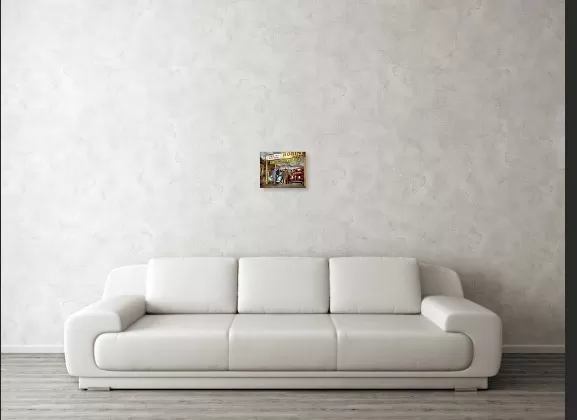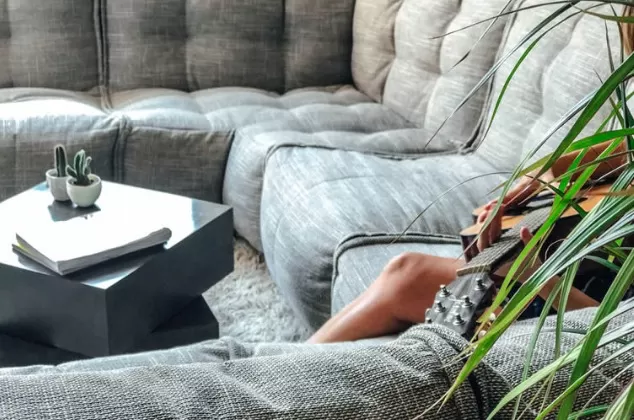Furniture Ruining Habits: 5 Mistakes to Avoid. We’ve all experienced the frustration of discovering a spot or damage on our beloved furniture. To help you avoid such issues and protect your new purchases and cherished antique heirlooms, here are seven surprising ways you may inadvertently be causing harm.
By following these tips, you can minimize existing problems and prevent future damage to your valuable decor. From avoiding direct sunlight and using the right cleaning products to practicing proper lifting techniques and mindful placement, these measures will help preserve the beauty and longevity of your furniture investments. Take proactive steps to care for your furniture, and it will continue to bring joy and comfort to your space for years to come.
Making an Informed Purchase Decision

During a sales pitch, the salesperson may guarantee that a particular fabric can endure anything.
However, it is advisable not to solely rely on their words. It is important to conduct thorough research, particularly when purchasing leather goods.
If you have young children, it is worth considering durable materials like microfiber. Take the time to read furniture tags and adhere to the provided care instructions.
By doing so, you can make an informed decision and ensure the longevity of your purchase.
Protecting Your Furniture from Sun Damage
When it comes to protecting your fabric from fading and discoloration, blinds and window coverings may not provide complete protection.
To minimize the effects of sunlight, it is important to take additional steps. Firstly, make sure to rotate your furniture periodically and flip cushions, ensuring that all sides are equally exposed to sunlight. This helps to distribute any potential fading or discoloration more evenly. Additionally, consider installing UV (ultraviolet) window film, which can significantly reduce sun damage to your furniture. Apart from safeguarding your furniture, UV window film also helps to lower energy bills and provides protection for your skin against harmful UV rays. By implementing these measures, you can better preserve the condition of your furniture and enjoy its longevity.
Maintaining Wood Furniture in Ambient Conditions

The ambient conditions, including humidity, dryness, excessive heat, and cold, can have a detrimental impact on wood furniture.
To ensure its longevity, it is important to take certain measures. Firstly, maintain moderate indoor temperatures to prevent extreme fluctuations that can affect the wood.
Consider using a dehumidifier in areas with high humidity to minimize moisture levels. Regularly dust and wax your wood furniture to provide protection against warping and cracking.
Additionally, check the seals of your doors and windows as drafty homes are more susceptible to significant changes in temperature and humidity. By implementing these steps, you can maintain the quality of your wood furniture and prevent potential damage caused by ambient conditions.
Choosing the Right Cleaning Products
Not all cleaners are the same, and some can actually cause harm to your furniture.
Even fabric sprays can potentially damage upholstery. When using a cleaning product on a new material, it is crucial to conduct a spot check in an inconspicuous area before proceeding with extensive cleaning. It is advisable to be gentle and explore natural solutions before resorting to chemical cleaners. For example, salt can be effective in removing new stains from fabric, wood, or carpeting. By being cautious and opting for natural alternatives, you can protect your furniture from potential damage while effectively maintaining its cleanliness.
Protecting Your Furniture During Gatherings

When hosting parties or gatherings, it’s important to take precautions to protect your furnishings.
Here are some tips to consider:.
Use coasters or doilies: Place coasters or doilies on wood surfaces to prevent water rings or scratches caused by glasses or cups.
Keep messier food and beverages in designated areas: To minimize the risk of spills and stains, serve messier hor d’oeuvres and beverages in the kitchen, dining room, or patio where accidental spills can be easily cleaned or contained.
Bring a tray with non-staining items: When entertaining in the Living Room, consider using a tray to carry drinks and non-staining foods.
This helps contain any spills and provides a stable surface for guests to place their glasses or plates.
Sparkling water as a cleaning agent: In the event of a spill, sparkling water can be used as a quick cleaning agent.
Its effervescence can help lift stains, especially on fabric or carpeted surfaces.
By following these tips, you can enjoy gatherings with friends and relatives while taking steps to protect your furniture from potential damage and spills.
*The information is for reference only.